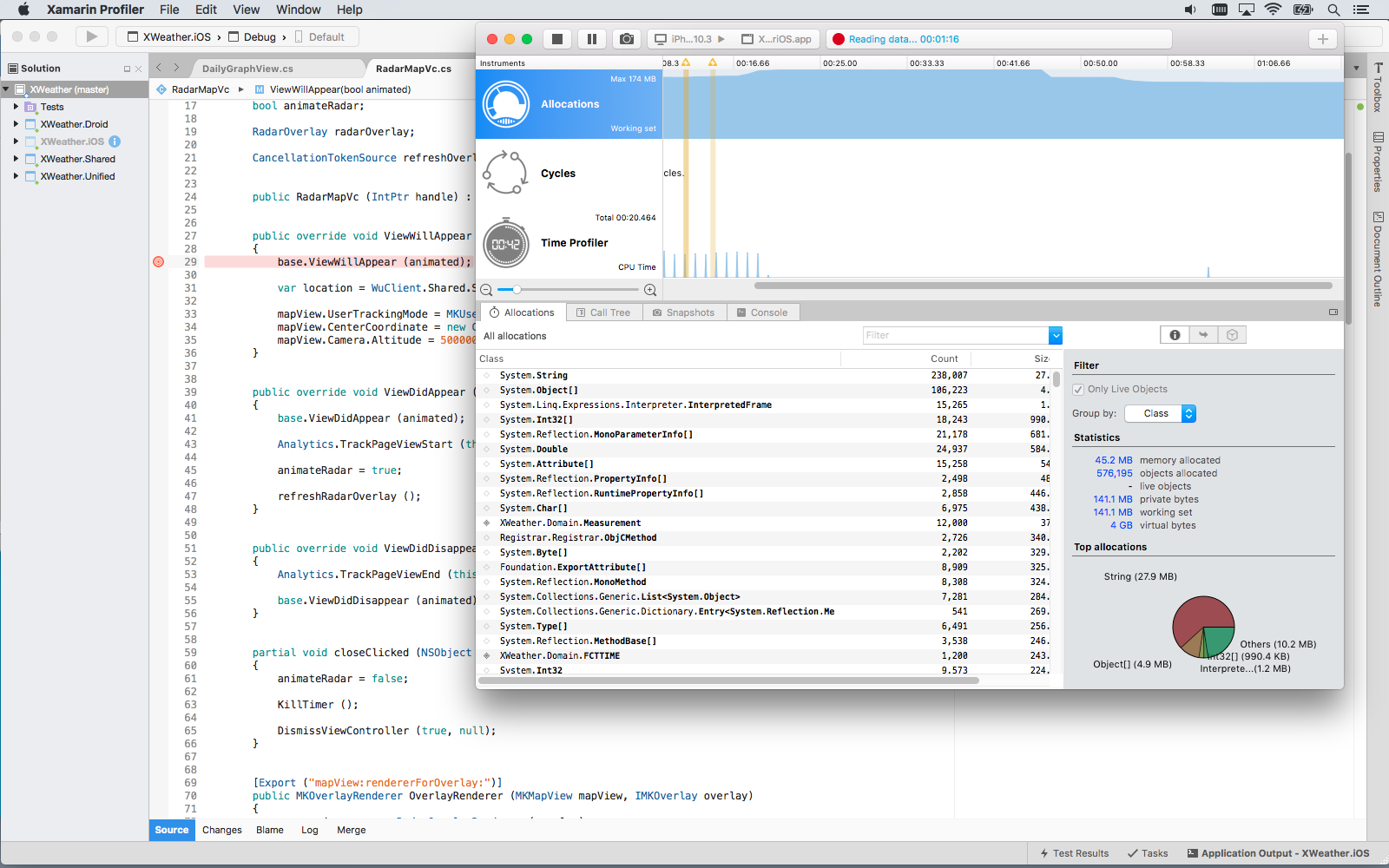If you want to develop VB.net in Visual Studio for Mac Preview, you could potentially purchase say virtual PC for Mac, install Windows on it and develop on the virtual machine computer on your Mac. It claims to have support for Visual Basic.Net and is available for OS X.
Today we are announcing the release of Visual Studio for Mac version 7.6. Our focus with this release has been to improve product reliability in various areas, with a special focus on the code editing experience. We have also made several fixes that improve IDE performance. Finally, we’ve extended our support for Azure functions with the addition of new templates and the ability to publish your function to Azure from within the IDE.
- Visual Studio for Mac, version 7.5. Visual Studio 2017 wasn’t the only IDE to get an update. Today, we’re announcing Visual Studio for Mac version 7.5.
- Since this issue is related with Visaul Studio, i move it to the Visual Studio forum for getting better help. The currert forum you posted to is used to discuss and ask questions about.NET Framework Base Classes (BCL) such as Collections, I/O, Regigistry, Globalization, Reflection.
This post highlights the major improvements in this release. To see the complete list of changes, check out the Visual Studio for Mac version 7.6 Release Notes. You can get started by downloading the new release or updating your existing install to the latest build available in the Stable channel.
Improving reliability of the Code Editor
We’ve focused our attention on improving the reliability of the code editor in Visual Studio for Mac and have addressed several issues with the code editor. In particular, we want to highlight the following fixes to issues many of you have reported:
- We fixed an issue where Quick Fix menu items don’t display if source analysis is disabled.
- We also addressed a widely reported issue where tooltips wouldn’t disappear.
- We fixed an issue where IntelliSense seems to fail, resulting in red “squiggles” continuing to hang around in the editor even though there were no errors.
- We improved IntelliSense for F# developers. There was an issue where you could not use “.” for autocompletion, but we’ve fixed this and various other F# IntelliSense issues.
- We made improvements to JavaScript syntax highlighting.
Improving performance of the IDE


One of the top reported bugs in previous releases has been performance issues in the editor. Having a fast and reliable code editor is a fundamental part of any IDE and an important part of any developer’s workflow, so we’ve made some improvements in this area:
- We improved tag-based classification for C# with PR #4740 by reusing existing Visual Studio for Windows code, which should improve typing performance in the editor.
- We now support no-op restore of NuGet packages when opening a solution. This change speeds up NuGet restores on solution load.
We’ve also added many more small fixes that improve startup time and reduce memory consumption of the IDE.
Richer support for Azure Functions
Azure functions are a great way to quickly get up and running with a serverless function in just a few minutes. With this release, we have introduced new templates for you to choose from when creating your Azure Functions project:
Visual Studio For Mac Review
These new templates allow you to configure access rights, connection strings, and any other binding properties that are required to configure the function. For information on selecting a template, refer to the Available function templates guide.
Download Visual Studio For Mac
Another major part of the Azure functions workflow that we are introducing with this release is publishing of functions from Visual Studio for Mac to the Azure Portal. To publish a function, simply right-click on the project name and select Publish > Publish to Azure. You’ll then be able to publish to an existing Azure App Service or use the publishing wizard to create a new one:
For information on publishing to Azure from Visual Studio for Mac, see the Publishing to Azure guide.
Share your Feedback
Addressing reliability and performance issues in Visual Studio for Mac remains our top priority. Your feedback is extremely important to us and helps us prioritize the issues that are most impacting your workflow. There are several ways that you can reach out to us:
Microsoft Visual Studio For Mac
- Use the Report a Problem tool in Visual Studio for Mac.
- We are enhancing the Report a Problem experience by allowing you to report a problem without leaving the IDE. You’ll have the ability to automatically include additional information, such as crash logs, that will help our Engineering team narrow down the root cause of your report more effectively. This will be introduced in an upcoming servicing release to 7.6 that will be available in the Stable channel within the next few weeks.
- You can track your issues on the Visual Studio Developer Community portal where you can ask questions and find answers.
- In addition to filing issues, you can also add your vote or comment on existing issues. This helps us assess the impact of the issue.